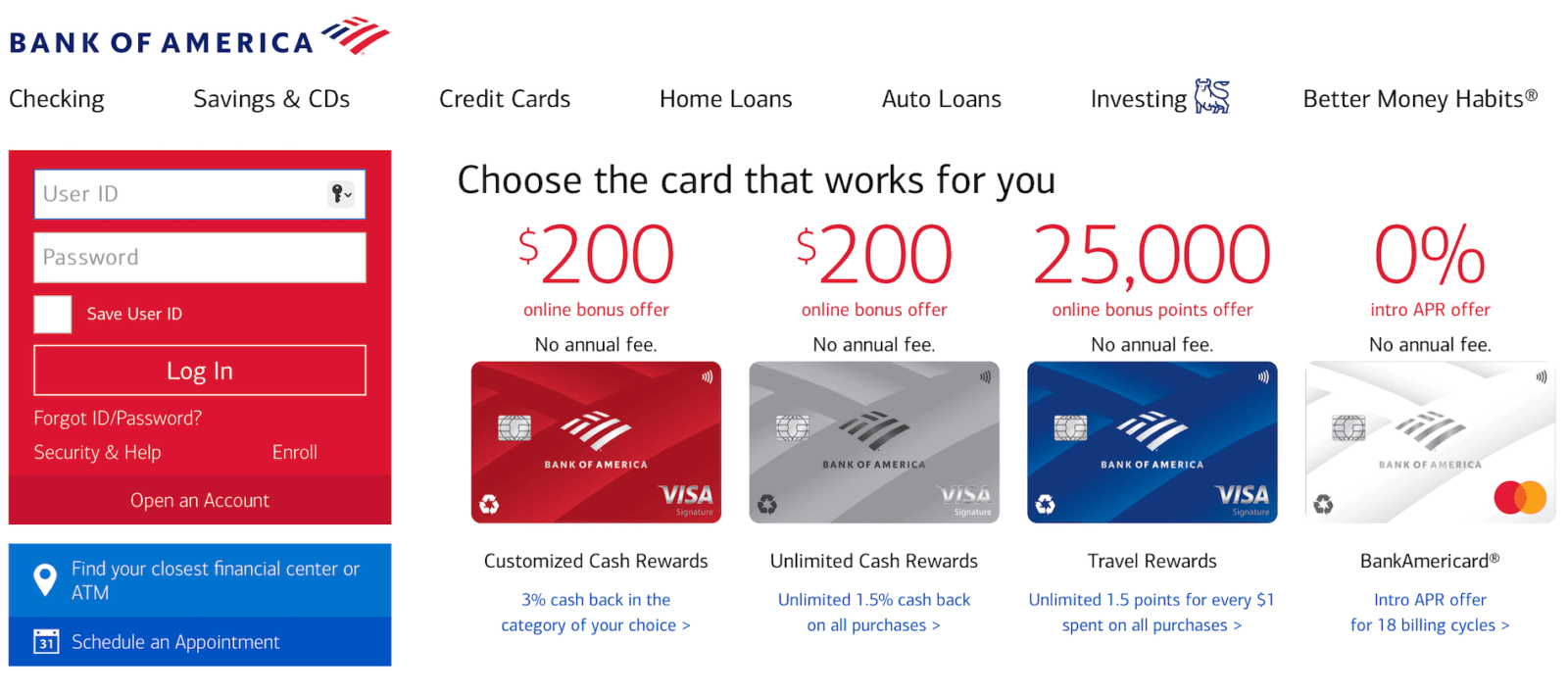As of March 31, 2023, the top 15 largest banks in the US collectively hold a staggering $13.6 trillion in assets.
This exclusive group undergoes periodic shifts, as larger banks jostle for position while smaller ones make way for rapidly growing competitors.
Banks are positioned in a hierarchy based on the magnitude of their domestic assets, encompassing loans, mortgages, and credit card accounts.
This information stands valid as of March 31, 2023, in accordance with the most recent data released by the Federal Reserve.
Changes can stem from mergers, acquisitions, and occasionally, bank failures that trigger consolidation.
A notable instance occurred on May 1, when JPMorgan Chase assumed control of First Republic Bank’s deposits and nearly all its assets.
This move was reminiscent of JPMorgan Chase’s acquisition of Washington Mutual in 2008, marking First Republic as the second-largest bank failure since then.
Silicon Valley Bank also made headlines as the second-largest bank failure in U.S. history since October 2020.
While it stood as the 16th largest bank in the U.S. by total assets on December 31, 2022, it narrowly missed inclusion on this list. Back in 2022, it held the 14th position as of September 30, 2022.
In 2023, Signature Bank faced a similar fate as the second bank to fail. This marked the third-largest bank failure ever recorded. As of March 31, 2023, Signature Bank ranked as the 29th largest bank in the U.S. in terms of total assets.
Here, we present the largest banks in the US, ordered by consolidated assets, as provided by the latest data from the Federal Reserve.
| RANK | BANK NAME | TOTAL ASSETS | PREVIOUS RANK |
|---|---|---|---|
| 1 | 🏦 JPMorgan Chase | $3.27 trillion | 1 |
| 2 | 🏦 Bank of America | $2.52 trillion | 2 |
| 3 | 🏦 Citigroup | $1.72 trillion | 3 |
| 4 | 🏦 Wells Fargo | $1.69 trillion | 4 |
| 5 | 🏦 U.S. Bancorp | $590.46 billion | 5 |
| 6 | 🏦 Truist Bank | $564.84 billion | 7 |
| 7 | 🏦 PNC Financial Svc | $556.31 billion | 6 |
| 8 | 🏦 Goldman Sachs | $490.80 billion | 8 |
| 9 | 🏦 Capital One | $469.43 billion | 9 |
| 10 | 🏦 TD Group US Holdings | $401.25 billion | 10 |
| 11 | 🏦 Bank of NY Mellon | $341.46 billion | 11 |
| 12 | 🏦 State Street | $287.07 billion | 12 |
| 13 | 🏦 BMO Harris | $265.45 billion | N/A |
| 14 | 🏦 First Republic Bank | $232.94 billion | 14 |
| 15 | 🏦 Citizens Financial | $221.96 billion | 13 |
What you'll learn:
1. JPMorgan Chase
JPMorgan Chase houses its consumer banking services under Chase Bank. With a footprint of over 4,700 branches and a vast network of 16,000 ATMs,

Chase brings its services close to customers. Its branches extend across all 48 contiguous states, making it the bank with the most U.S. branches.
Assets: $3.27 trillion
Headquarters: New York
2. Bank of America
Catering to about 67 million consumers and small businesses worldwide, Bank of America boasts a strong digital presence, highlighted by its versatile mobile app.

In a stride with industry trends, the bank eliminated nonsufficient funds (NSF) fees and reduced overdraft fees in early 2022.
Assets: $2.52 trillion
Headquarters: Charlotte, North Carolina
3. Citigroup
Citigroup is a global financial services giant with a retail banking division encompassing approximately 673 U.S. locations and over 1,800 branches internationally.

Access to more than 65,000 fee-free ATMs adds to the convenience for U.S. customers.
Assets: $1.72 trillion
Headquarters: New York
4. Wells Fargo
Established in 1852, Wells Fargo has made strides in its digital offerings, introducing savings and mobile banking apps, including one tailored for millennials.

The bank is working on rebuilding customer trust after a series of missteps, aligning with its rebranding efforts.
Assets: $1.69 trillion
Headquarters: San Francisco
5. U.S. Bancorp
Rooted in the First National Bank of Cincinnati founded in 1863, U.S. Bancorp has evolved into the fifth-largest commercial bank by assets.

With a history of mergers, the bank now focuses on enhancing its digital services alongside its widespread branch network, reaching over half the U.S. states.
Assets: $590.46 billion
Headquarters: Minneapolis
6. Truist Financial
Born from the merger of BB&T and SunTrust, Truist Financial serves around 12 million consumer households.

The combination propelled them into the top 10 banks, with a shared history spanning about 275 years.
Assets: $564.84 billion
Headquarters: Charlotte, North Carolina
7. PNC Financial Services
Founded in 1852 as Pittsburgh Trust and Savings Co., PNC has grown substantially, boasting around 2,570 locations across 28 states and Washington, D.C.

An expansion move saw PNC acquire BBVA USA for $11.6 billion in 2021.
Assets: $556.31 billion
Headquarters: Pittsburgh
8. Goldman Sachs
Global investment and securities firm, Goldman Sachs, provides a wide range of financial services to its clients.
Through Marcus, its online banking division launched in 2016, clients can access banking products and personal loans.
Assets: $490.80 billion
Headquarters: New York
9. Capital One Financial
Fortune 500 company Capital One, including its subsidiary Capital One Bank, operates branches along the East Coast, as well as in Texas and Louisiana. It even offers unique Capital One Cafes in select cities, providing a space for opening accounts and attending financial workshops.
Assets: $469.43 billion
Headquarters: McLean, Virginia
10. TD Group Holdings
The U.S. commercial banking arm of Canada’s TD Bank Group, TD Bank serves customers with mortgages, deposit accounts, credit cards, and tailored products for commercial and small business clients.
With over 1,100 branches along the East Coast, it also offers access to around 2,600 branches.
Assets: $401.25 billion
Headquarters: Cherry Hill, New Jersey
11. Bank of New York Mellon
With a history tracing back to the founding of the New York Stock Exchange in 1792, Bank of New York Mellon specializes in serving corporations, institutions, and individual investors. Its services extend to private banking for high-net-worth clients.
Assets: $341.46 billion
Headquarters: New York
12. State Street
Founded in 1792, State Street Corp. operates as a financial services and asset management company, providing investment research, trading, and management services across more than 100 global markets.
Assets: $287.07 billion
Headquarters: Boston
13. BMO Harris
BMO Harris boasts over 500 branches across various states including Arizona, Illinois, Florida, Indiana, Kansas, Missouri, Minnesota, and Wisconsin.
Assets: $265.45 billion
Headquarters: Chicago
14. First Republic Bank
Established in 1985, First Republic Bank offers wealth management services through its 86 U.S. locations.
Notably, the bank experienced a transition on May 1, with JPMorgan Chase acquiring its deposits and major assets.
Assets: $232.94 billion
Headquarters: San Francisco
15. Citizens Financial
Citizens Financial extends a suite of banking products covering retail, small businesses, and commercial needs.
With around 1,200 branches in 14 states and access to about 3,300 ATMs, the bank solidified its position through the acquisition of HSBC branches.
Assets: $221.96 billion
Headquarters: Providence, Rhode Island
Largest Banks in the US FAQ
| Frequently Asked Questions |
|---|
| What is the largest bank in the U.S.? |
| The largest bank in the U.S. is Chase, which is part of JPMorgan Chase & Co. It holds the top position in terms of asset size, encompassing deposits from checking, savings, and other accounts, as well as loans, mortgages, and more. According to the latest information from the Federal Reserve, it boasts $2.51 trillion in assets. |
| What are the five largest banks in the U.S.? |
| The five largest banks in the U.S., determined by domestic assets, are Chase, Bank of America, Wells Fargo Bank, Citibank, and U.S. Bank. |
| What sets big banks apart from smaller banks? |
| Typically, large national banks have a broader geographical reach compared to regional or community banks. Regional banks may limit their service area to a few neighboring states, while community banks might focus solely on a single city within a state. National banks usually possess more technological resources and a wider array of products, whereas smaller banks often emphasize personalized service. Notably, some of the U.S.’s largest banks (in terms of assets) also function as regional banks, catering to a more specific area than well-known counterparts like Chase and Bank of America. These banks may offer in-person services to a localized region while providing a comprehensive selection of services and accounts online. |
| Is my money safer in a national bank vs. a regional bank (or a national credit union vs. a regional credit union)? |
| The safety of your money is equivalent in any bank insured by the Federal Deposit Insurance Corp. (FDIC). With this protection, your deposits are insured for up to $250,000 per person, per ownership category, per bank. Similarly, the safety of your money remains consistent in any credit union insured by the National Credit Union Administration (NCUA). Credit unions with this coverage provide insurance for up to $250,000 per person, per account, per credit union. |
References
| Sources |
|---|
| FDIC Quarterly – Federal Deposit Insurance Corporation |
| Large Commercial Banks – Federal Reserve |
| Holding Companies with Assets Greater Than $10 Billion – Federal Financial Institutions Examination Council (30 September 2022) |
| Large Bank Capital Requirements (PDF) (August 2022) |
| Results – Board of Governors of the Federal Reserve System (Retrieved 2023-03-13) |
| Yahoo! Finance – Yahoo! Finance |



